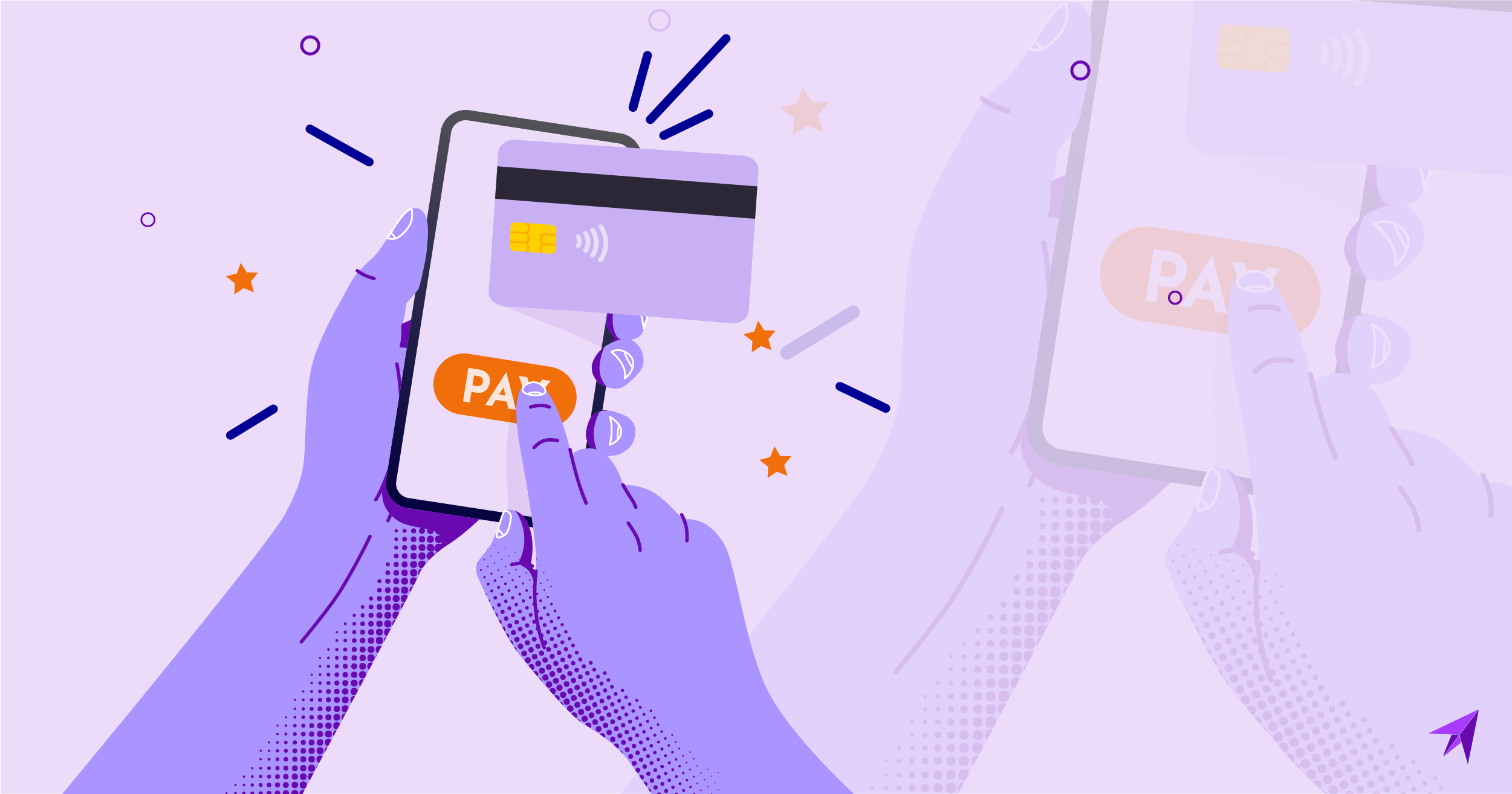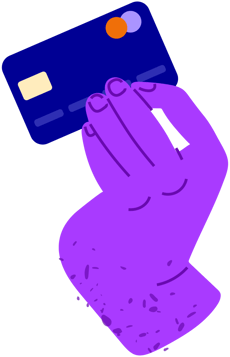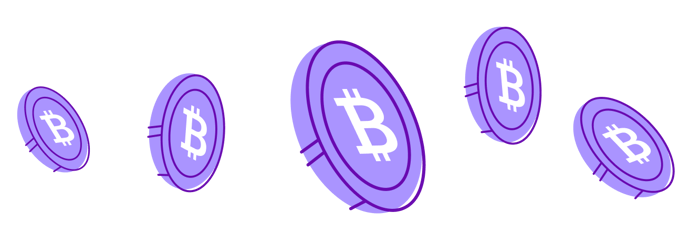What Are Digital Payments, and Are They the Future of Payments Management?
In this post, we cover what digital payments are, the various types of digital payments, and explain how digital payments work, and more.

Digital payments refer to the process of making and receiving payments using electronic means. This can include methods such as credit and debit cards, mobile phones, and even cryptocurrency. In many cases, digital payments are faster and more convenient than traditional methods like cash or checks. In this post, we’ll explore what digital payments are a little deeper, the various types of digital payments, how they work, and more.
What Are Digital Payments?
We alluded to this in the intro, but a digital payment is a type of transaction that uses technology to facilitate exchanges between parties. The most common form of digital payment is the use of a credit or debit card, but other forms of digital payments include online bank transfers, PayPal payments, and Venmo payments. Digital payments work by transferring money from one party to another through a computer network.
How Do Digital Payments Work?
In the digital age, it seems like everything can be paid for with a few taps on a screen. But how do these payments actually work? Here's a closer look at what is happening when you “tap” or “swipe” to pay:
When you make a payment online or with your phone, the money doesn't actually move directly from your account to the merchant's account. Instead, it goes through a third party called a payment processor. This is a company that specializes in moving money around the internet.
The payment processor will take your payment information and send it to your bank. Your bank will then process the payment and send the money to the payment processor's account which then sends it to the merchant's account. This process usually takes just a few seconds, but again it can take several days for the entire transaction to completely clear.
Understanding Digital Payments - Types Explained
What are the various types of digital payments? There are several different digital payments, including, but not limited to:

In the case of a debit card the money is pulled from your bank account, and with a credit card, it’s pulled from your line of credit. It can then take several days for the transaction to complete. During the transfer period, your account will show this money as “spent,” but it’s not actually gone from your possession until the transaction clears.
Investopedia defines a mobile payment as one made for products and services through a smart device such as a cell phone or tablet. This transaction can typically be handled via apps such as Venmo, Cashapp, or Paypal.

However, they can also be managed through a provider like Square, Stripe, ShopKeep or other point of sale systems. The way these software works is that business owners sign up for an account with them and then use a card reader to take payments from credit and debit card holders. The money is then deposited into their POS account to be transferred to their bank either automatically or at a later date.
E-Wallets: E-wallets are digital payment solutions such as Apple Pay or Google Pay. They allow a user to add their bank account or credit/debit card information to a digital wallet so they can pay for goods and services without sharing their account information. The money is retrieved from the user’s bank or card account and passed through the e-wallet and ultimately transferred to the business the user is buying from. It’s considered safer than sharing your banking or card information because the business never has direct access to your account information.
Bitcoin: Bitcoin is a digital asset and a payment system invented by Satoshi Nakamoto. Transactions are verified by network nodes through cryptography and recorded in a public dispersed ledger called a blockchain. They allow users to send and receive money without using a bank or financial institution as an intermediary.
Are Digital Payments The Future Of Payments Management?
In short, the answer is yes, digital payments are the future of payments management. Digital payments are a convenient and popular way to make and receive payments. They are typically faster and more efficient than traditional methods, and they are only going to become more common in the future. This makes them a great option for businesses and individuals alike.
What does all of this have to do with grants payment solutions? Essentially, digital payments are also becoming the go to option for grant makers. If you’re giving money to an individual or an organization, learning about grant payments software and grant payment tools will be a critical step in the protection of your funds. In the coming posts we’ll explore more about the challenges grant distributors are facing as well as everything you need to know about safely and easily giving your funds. Stay tuned!
About the author
Founder and President of SmarterSelect. Responsible for company, product, and marketing strategies and execution.
WebsiteRead more posts by this author.